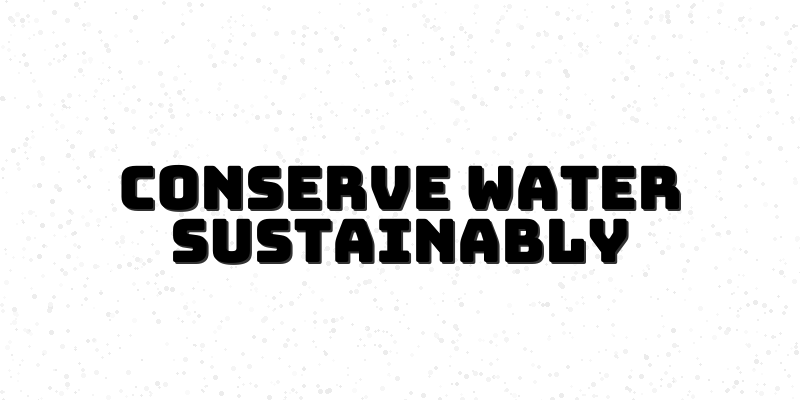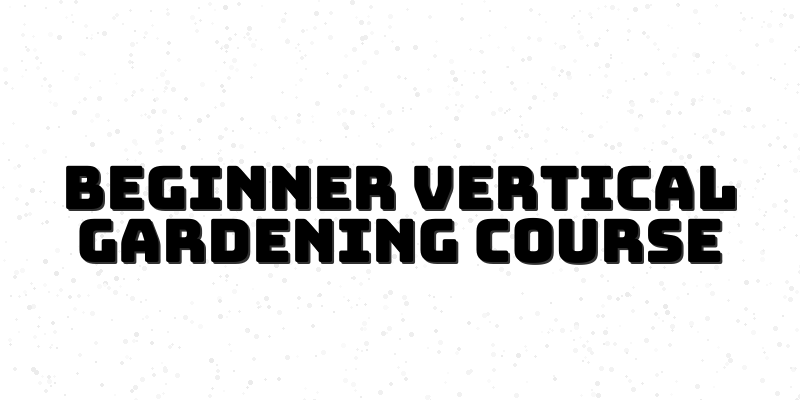Rainwater Harvesting: Transform Your Garden into a Sustainable Oasis
Rainwater harvesting is not just an innovative solution for conserving water, but a transformative practice that can lead to a healthier garden and a more sustainable lifestyle. As environmental concerns grow amidst rising water costs, understanding how to effectively capture and use rainwater can empower you as a gardener. In this blog post, we will explore everything you need to know about rainwater harvesting and how it can revolutionize your gardening practices while nurturing a sustainable future.
Understanding Rainwater Harvesting
Rainwater harvesting involves collecting, storing, and using rainwater for various purposes, particularly for irrigation and gardening. Not only does this practice reduce the demand on conventional water supplies, but it also helps to manage stormwater, preventing runoff and soil erosion. By capturing rainwater, gardeners can not only reduce their water bills but also contribute positively to the environment. This section will delve into the fundamentals of rainwater harvesting, its applications in gardening, and the environmental benefits it offers.
The process begins with a rainwater collection system, which typically includes catchment surfaces (like roofs), conveyance systems (gutters and downspouts), and storage (tanks or cisterns). Rainwater is generally considered cleaner than surface water, making it an ideal source for irrigation. Additionally, by reducing reliance on municipal water, gardeners can mitigate the pressures of drought and water shortages. Understanding why and how to implement rainwater harvesting can serve as the first step in creating a truly sustainable garden and community.
As you consider implementing a rainwater harvesting system, think about what it can do for your specific garden. For instance, a well-designed system can help you collect more than just rainwater—you're capturing the thunderous energy of nature itself and redirecting it towards watering your blooming flowers or staving off wilting crops. The potential benefits are significant; imagine a garden thriving on what nature provides, while simultaneously lowering your ecological footprint.
Designing Your Rainwater Harvesting System
Designing an effective rainwater harvesting system involves understanding your garden’s unique needs. This includes assessing the size of your catchment area, the rainfall patterns in your region, and the storage capacity required for your usage. By creating a blueprint, you will ensure that every component—from gutters to storage tanks—works seamlessly together to maximize water capture.
Start by gathering all measurements necessary for your setup—this includes the dimensions of your roof or catchment area, the slope of your land, and local guidelines for installation. There are numerous designs you can consider. Some choose to go with above-ground tanks for easy access and aesthetic appeal, while others prefer buried systems that save space. It's essential to decide the best fit for your particular situation, keeping in mind environmental factors and water needs. A well-planned system can lead to greater efficiency in harvesting rainwater, thus enhancing your green practices in gardening and sustainability.
Incorporating elements such as first-flush diverters and filter systems can significantly improve the quality of the water collected, making it safer for your plants. Additionally, don't forget about water distribution systems, which can be integrated within your garden setup. By having a dedicated spacing plan for how the harvested rainwater will be applied, you can foster a thriving garden ecosystem.
Legal Considerations and Safety Guidelines
Before diving into the installation of your rainwater harvesting system, it's vital that you familiarize yourself with local regulations concerning water collection. Some regions have specific laws governing the use of rainwater, so be sure to check with local authorities. The legal landscape is slowly shifting in favor of rainwater harvesting, but compliance is crucial to ensure your system is within the bounds of the law and to avoid any potential fines or litigation.
Moreover, safety should be a priority during your installation process. Utilize proper safety gear when working on rooftops and handling heavy tanks. Make sure that your installation is accessible for regular maintenance checks to avoid stagnation or contamination of the harvested water. Remember that safety and legality go hand in hand; knowing the guidelines not only protects you but ensures a sustainable harvesting process for years to come.
Educating yourself about local water rights can also be beneficial, especially if your area has unique environmental conditions. Glossaries of terms or guides provided by your local gardening community can provide insights into these regulations.
Maintenance of Your System for Optimal Performance
Once your rainwater harvesting system is in place, the next step is ensuring its longevity and efficiency through regular maintenance. Establish a schedule for clearing gutters, checking for clogs, and cleaning tanks to keep your system in top shape. Regular hydration checks will ensure your plants receive the right amount of moisture, while a tidy system will enhance the quality of the collected water.
Incorporating a maintenance checklist can be advantageous; include items like inspecting seals, evaluating the overall structure, and testing the quality of the harvested rainwater. By remaining proactive, you can alter or upgrade components before they lead to costly repairs down the line—effectively extending the usable life of your setup and ensuring that it meets your garden's needs.
You may also want to engage with local gardening communities about maintenance techniques or share experiences with your fellow gardeners. These conversations can yield innovative solutions or improvements to your existing system, allowing for continuously evolving practices.






